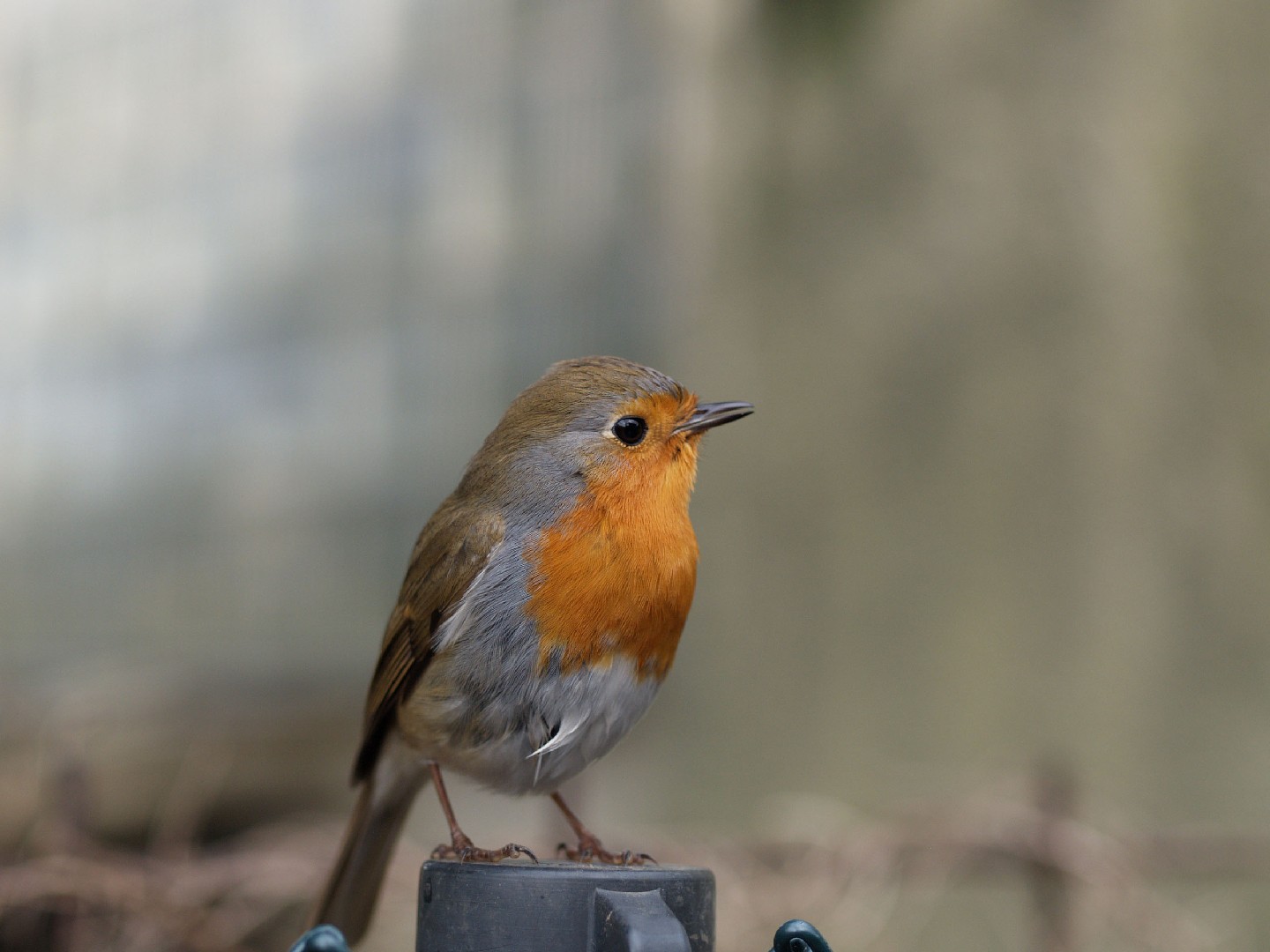European Robin
A species of European Robin Scientific name : Erithacus rubecula Genus : European Robin
European Robin, A species of European Robin
Botanical name: Erithacus rubecula
Genus: European Robin
Content
Description People often ask General Info
Description
The european Robin is an aggressive bird that is commonly found throughout farmlands, woodlands, and suburban communities. These birds are mainly helpful insectivores for gardeners, but will also eat various seeds and fruits. The european Robin is used on British Christmas cards to represent postmen from the Victorian era who used to wear red waistcoats while delivering holiday cards.
Size
13 - 14 cm
Life Expectancy
3-5 years
Nest Placement
Shrub
Feeding Habits
European Robin primarily forage on the ground for insects, spiders, and earthworms. Seasonally, european Robin supplement their diet with fruits, berries, and seeds, displaying adaptable feeding behaviors to varied food availability.
Habitat
European Robin's habitat consists mainly of wooded areas, including dense forests with undergrowth and forest edges. Preferred environments vary between coniferous and decidaceous woods. Broadly, european Robin is found in mixed agricultural lands, hedgerows, orchards, and urban green spaces, with a penchant for shaded, perch-abundant locales with some clear ground. Montane forests in North Africa also serve as habitats, specifically those with dense undergrowth and moisture-retaining soil.
Dite type
Insectivorous
People often ask
General Info
Feeding Habits
Bird food type
Bird Feeder Type

Platform
Sounds
Call
Recording location: Belgium
Song
Recording location: Belgium
Call
Recording location: Netherlands
Song
Recording location: Portugal
Behavior
The robin is diurnal, although has been reported to be active hunting insects on moonlit nights or near artificial light at night. Male robins are noted for their highly aggressive territorial behaviour. They will fiercely attack other males and competitors that stray into their territories and have been observed attacking other small birds without apparent provocation. 
Distribution Area
The robin occurs in Eurasia east to Western Siberia, south to Algeria and on the Atlantic islands as far west as the Azores and Madeira. It is a vagrant in Iceland. In the southeast, it reaches the Caucasus range. Irish and British robins are largely resident but a small minority, usually female, migrate to southern Europe during winter, a few as far as Spain. Scandinavian and Russian robins migrate to Britain and western Europe to escape the harsher winters. 
Scientific Classification
Phylum
Chordates Class
Birds Order
Perching birds Family
Old world flycatchers Genus
European Robin Species
European Robin 